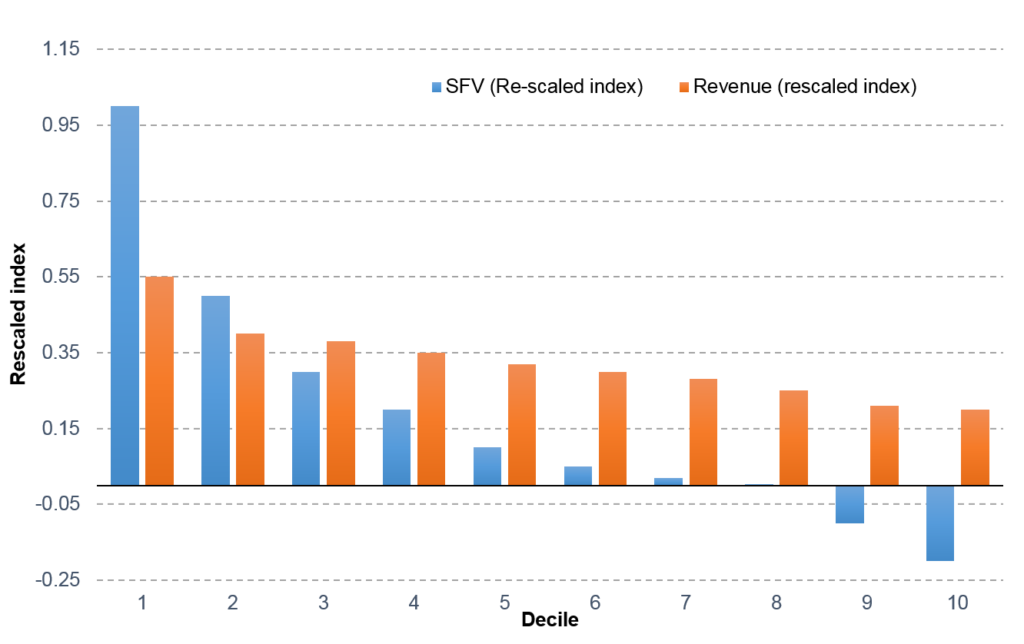CLV PRINCIPLES FOUND IN
Salesperson Lifetime Value
As suggested by the CLV construct, a firm’s relationship to its customers is of paramount importance to its bottom line. Given the fact that a firm’s salesforce is directly responsible for facilitating those customer relationships, it is necessary to conceptualize a Salesperson’s Future Value (SFV), a forward-looking metric that evaluates the profit potential of a given salesperson’s customers. As a metric, SFV computes the net present value (NPV) of the salesperson’s future cash flows and then offsets the value of the relevant costs that go into maintaining the salesperson’s position.
The drivers of SFV have been categorized into two groups: training interventions and incentives. The training interventions are designed to foster a salesperson’s knowledge, skills, and abilities (KSA). These can then be subdivided into growth-related KSAs and task-related KSAs. Task-related KSAs are more immediately relevant to salesperson performance, as they enable the salesperson to perform the actions necessary to selling a firm’s offerings. These include product knowledge and customer knowledge. However, the variables involved in successfully making a sale are numerous. In addition to straightforward task-completion, an effective salesperson needs to be able to think and act quickly, in a wide variety of circumstances. This is where growth-related KSAs come in. Growth-related KSAs like leadership skills, team selling skills, and negotiation skills focus on improving a salesperson’s goal-related attitudes as opposed to modifying his/her behavior.
The incentives function differently. In addition to instilling the salesforce with knowledge and skills, it is also important to motivate the salesforce to bolster its performance. Monetary incentives include such strategies as straight salary plans and straight compensation plans – the idea is to reward the salesperson for each successful sale. Nonmonetary incentives include peer recognition and awards.
An effective SFV strategy involves the computation of SFV for each salesperson, such that the firm can identify the best-performing salespeople and allocate training and incentives accordingly to maximize their performance. The methodology is similar to that followed for identifying profitable customers.
A recent study segmented the salespeople of a Fortune 500 B2B company into deciles according to SFV (Kumar, Sunder, and Leone 2014). The study found that those in the highest decile were undervalued, while those in the lowest were overvalued (see decile chart below).
Salesperson decile chart: Long-term SFV vs. Revenue generated

Further, after diving the salespeople into two groups, the study found that Segment 2’s SFV is affected more by incentives than that of Segment 1, whereas the influence of training on Segment 1 is greater than on Segment 2. Based on this, the company optimized its training interventions and incentives. The results were impressive. In the short run, the average short-term SFV for Segment 2 ($0.273 million) was found to be greater than that of Segment 1 ($0.261 million). In the long run, the SFV (annualized average over three years) of Segment 1 ($0.296 million) was greater than that of Segment 2 ($0.287 million).
References
Kumar, V., Sarang Sunder, and Robert P Leone (2014), “Measuring and Managing a Salesperson’s Future Value to the Firm,” Journal of Marketing Research, 51 (5), 591-608.